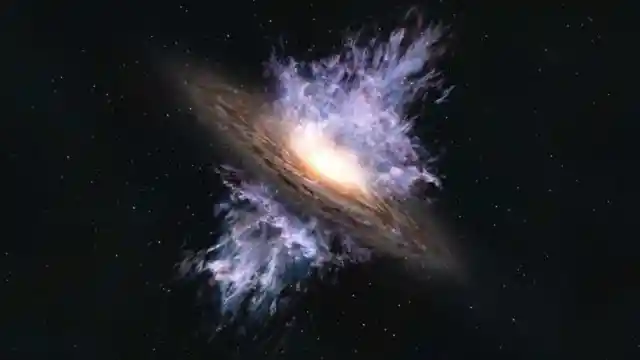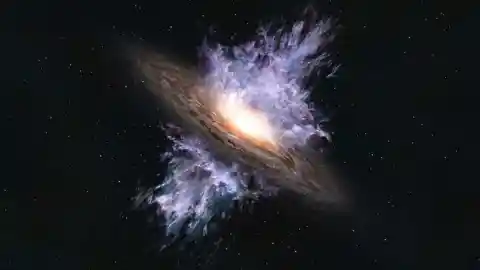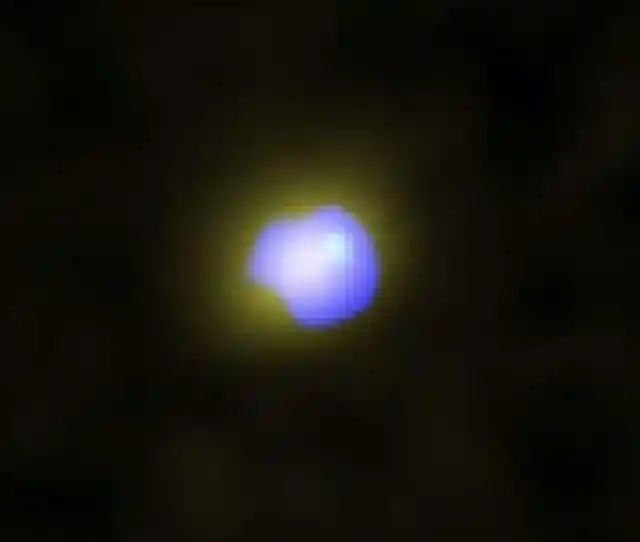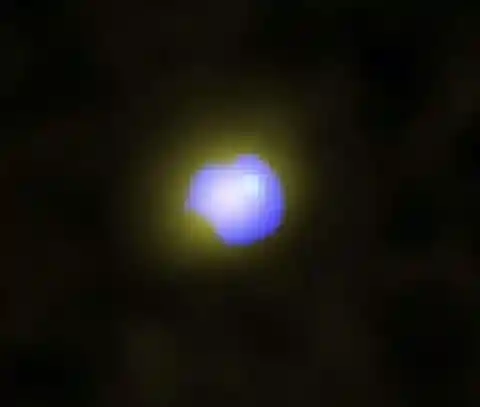

When it comes to space-related topics, many of the discoveries which are found by experts can seem hard to fathom. This especially is true of black holes. These space entities have been used numerous times in fiction to be anything from absolute certain destruction to gateways to new universes. However, astronomers believe that the further galaxy discovered yet is being lashed by the winds of a supermassive black hole. The light being seen from the object is some 13.1 billion years old, making it as much as 100 million years older than the previous oldest found black hole!
The discovery was made using the Atacama Large Millimeter/submillimeter Array (ALMA) in the galaxy HSC J124353.93+010038.5. That’s a highly exciting find, with the supermassive black hole at the centre of the plays a huge role in helping us understand galaxies. Most galaxies are believed to have a supermassive black hole at the center, and astronomers believe that the size of the black hole plays a role in the size of the galaxies, despite scales often being uneven at best.
The connection, it is believed, is related to how a black hole is ‘fed’. When enough material is entering into the inner section of the galaxy, a supermassive black hole will begin to chew up much of this matter. The matter moves at incredible speeds, emitting an intense energy that can then actually push some of that matter outward.
This is known as ‘galactic winds’, and they are powerful enough that they could stop new stars forming ensuring that the galaxy never looks as it could have. The galaxy listed above, then, is seen as the earliest example of galactic winds in action.


The question, then, comes down to when these winds actually came to be. The lead author of the project, Takuma Izumi of the National Astronomical Observatory of Japan, ensured that the discussion revolves around one major topic: how are galaxies and supermassive black holes able to co-evolve with one another?
While there is still very much to be discovered, this is a very interesting topic that could pave the way for better understanding galaxies as a whole. The hope is that more observation in the future could provide more information as to whether or not the current coevolution that is seen is a fair representation of the general universe itself.
Much discussion, and much discovery, awaits!